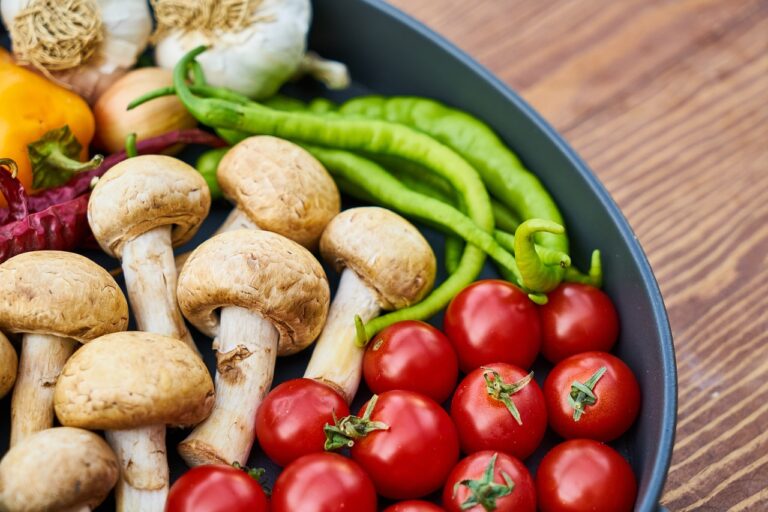Sustainable Kitchen Practices: Minimizing Food Waste and Supporting Local Farmers
Incorporating sustainable kitchen practices into your daily routine is essential for minimizing your environmental impact. One simple way to do this is by reducing single-use plastic waste. Instead of reaching for plastic bags and containers, opt for reusable alternatives like glass jars and containers. This small change can significantly decrease the amount of plastic ending up in landfills.
Another key aspect of sustainable kitchen practices is making conscious food choices. This includes buying organic and locally sourced ingredients whenever possible. By supporting local farmers and businesses, you are reducing the carbon footprint associated with transporting food long distances. Additionally, choosing organic options minimizes exposure to harmful pesticides and supports sustainable farming practices.
– Use reusable alternatives like glass jars and containers instead of single-use plastic
– Reduce the amount of plastic ending up in landfills
– Buy organic and locally sourced ingredients whenever possible
– Support local farmers and businesses to reduce carbon footprint
– Choose organic options to minimize exposure to harmful pesticides
Reducing Food Waste in Your Kitchen
Are you frustrated with the amount of food that ends up in the trash in your kitchen? Cutting down on food waste not only helps the environment but also saves you money. One simple way to reduce food waste is to plan your meals ahead of time. By creating a weekly meal plan and shopping list, you can avoid buying unnecessary items that may go bad before you use them. Furthermore, try to use up leftovers by incorporating them into new recipes or packing them for lunches.
Another effective strategy to reduce food waste in your kitchen is to properly store your perishable items. Make sure to store fruits and vegetables in the crisper drawer of your refrigerator and keep them unwashed until you are ready to use them to prolong their freshness. Additionally, consider freezing items like bread, meat, and produce that you may not be able to consume before they spoil. This can help extend the lifespan of your food and prevent it from going to waste.
Tips for Buying Locally Grown Produce
When considering buying locally grown produce, one key aspect to keep in mind is to look for farmer’s markets in your area. These markets often feature a wide variety of fresh fruits, vegetables, and other products that have been grown or produced locally. By purchasing from these markets, you are not only supporting local farmers but also reducing the carbon footprint associated with transporting food long distances.
Additionally, another tip for buying locally grown produce is to join a Community Supported Agriculture (CSA) program. By joining a CSA, you can receive a weekly or monthly box of fresh, locally grown produce directly from a farm in your area. This not only allows you to enjoy a variety of seasonal fruits and vegetables but also fosters a direct connection between you and the farmers who grow your food.
Why should I buy locally grown produce?
Buying locally grown produce supports local farmers, reduces carbon emissions from transportation, and ensures freshness and quality.
How can I tell if produce is locally grown?
Look for signs at the grocery store or farmers market that indicate the origin of the produce. You can also ask the vendor directly.
What are some benefits of buying locally grown produce?
Locally grown produce is often fresher, more nutritious, and supports the local economy. It also reduces environmental impact by cutting down on transportation.
How can I find local farmers markets or farm stands?
You can search online for local farmers markets or ask around in your community. Many cities also have directories of local producers.
Are organic and locally grown produce the same thing?
Not necessarily. While many local farmers use organic practices, not all locally grown produce is certified organic. It’s best to ask the farmer about their growing practices.
How can I support sustainable kitchen practices when buying locally grown produce?
You can reduce food waste by buying only what you need, composting food scraps, and using reusable bags to transport your produce.







